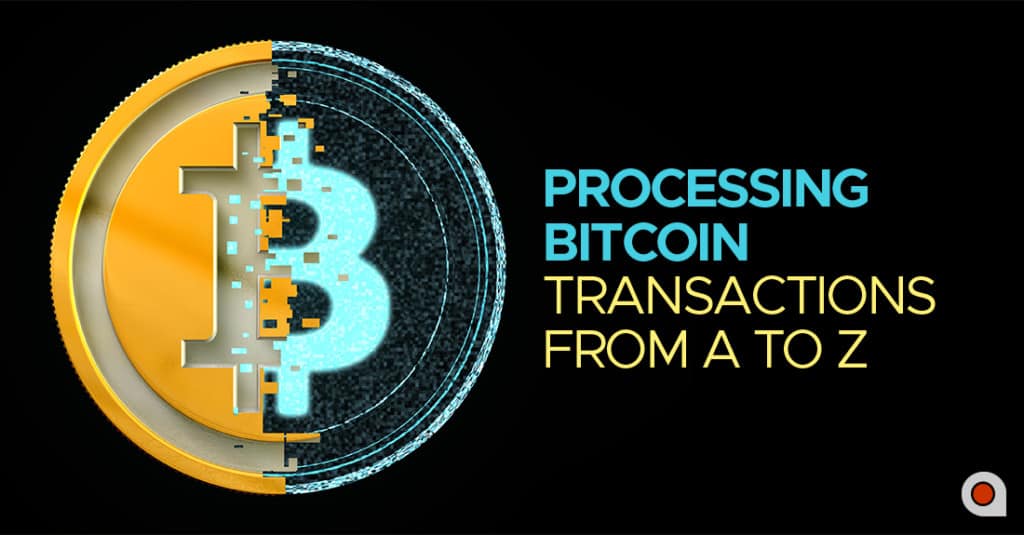
- #FIRST BITCOIN TRANSACTION FULL#
- #FIRST BITCOIN TRANSACTION SOFTWARE#
- #FIRST BITCOIN TRANSACTION CODE#
The next I heard of Bitcoin was late 2010, when I was surprised to find that it was not only still going, bitcoins actually had monetary value.
#FIRST BITCOIN TRANSACTION FULL#
It’s one of those glass half full half empty things. In retrospect, I wish I had kept it up longer, but on the other hand I was extraordinarily lucky to be there at the beginning. But I turned it off because it made my computer run hot, and the fan noise bothered me. I mined several blocks over the next days. Those were the days when difficulty was 1, and you could find blocks with a CPU, not even a GPU. I’ve had the good fortune to know many brilliant people over the course of my life, so I recognize the signs.Īfter a few days, bitcoin was running pretty stably, so I left it running. But at the time, I thought I was dealing with a young man of Japanese ancestry who was very smart and sincere. Today, Satoshi’s true identity has become a mystery. I carried on an email conversation with Satoshi over the next few days, mostly me reporting bugs and him fixing them. I mined block 70-something, and I was the recipient of the first bitcoin transaction, when Satoshi sent ten coins to me as a test. I think I was the first person besides Satoshi to run bitcoin. When Satoshi announced the first release of the software, I grabbed it right away. Hal was particularly ecstatic about Bitcoin, and this was evident from his description overall involvement with Bitcoin in its early days, where he said:
#FIRST BITCOIN TRANSACTION SOFTWARE#
Hal Finney received the first 10 BTC from Satoshi after which he continued running the software and reporting back to Satoshi on emails as Satoshi was fixing bugs. The first transaction of 50 BTC went to this address ( 1A1zP1eP5QGefi2DMPTfTL5SLmv7DivfNa) which Satoshi controlled and later on 12th January 2009 Hal Finney- another pioneer cryptographer started running the Bitcoin software. Unlike these days the mining difficulty was very low at that time, and that’s it was possible to mine BTCs even with a CPU.
#FIRST BITCOIN TRANSACTION CODE#
Satoshi Nakamoto, the creator of Bitcoin, mined the first Bitcoin block on 3rd January 2009 and started the P2P digital cash system.įor this, he had to code in the logic for the Genesis block, and he eventually mined it, starting of the great historically ledger of Bitcoin. And a thing to note here is that there are no transactions in Block #1 expect the Genesis transaction that sends 50 BTC to this address ( 1A1zP1eP5QGefi2DMPTfTL5SLmv7DivfNa) So this is how the anatomy of the first Bitcoin’s block and transaction looked. The company was insolvent, and the exchange filed for bankruptcy protection.The answer lies in Bitcoin’s first transaction itself. Overall, hackers had taken 100,000 Bitcoins from the exchange - and over 744,000 from Mt. A few weeks later, all trading was stopped.Īs it turned out, Mt. These security measures, though, weren't as effective as they had hoped. Gox, but the exchange put in new security measures and stabilized, growing to the biggest exchange by 2013. This was a brief but severe setback for Mt. These Bitcoins were sold, and in the brief moment that Bitcoin appeared to be worth a single penny, 650 were purchased. The hacker, upon access, artificially altered the nominal value of Bitcoin all the way down to one cent and then transferred 2,000 BTC from Mt. The 2011 hack came just a few months after Mark Karpelès, a French businessman, purchased the exchange. Gox was plagued with security issues that would become its downfall. Some cryptocurrencies are testing a proof-of-stake method, which consumes significantly less power.

This consumes large amounts of energy, and with so many Bitcoin and other cryptocurrency miners out there, many are worried about the environmental ramifications. As more and more people began mining bitcoins, more high-powered mining hardware and graphics processing units (GPU) were created for people to gain an advantage. It's a secure method of verifying transactions, but requires a lot of energy. Proof-of-work is an incredibly controversial method. If it does, the transaction is verified and completed, and the miner whose node solved it is rewarded with Bitcoins. If a computer (called a "node" in the network) successfully solves the problem, it must then be verified by the other nodes in the network. When the computer in a network must use proof-of-work for mining, it needs to solve a complicated mathematical problem.

Proof-of-work is the system Bitcoin's blockchain network uses to create and hash blocks together.


 0 kommentar(er)
0 kommentar(er)
